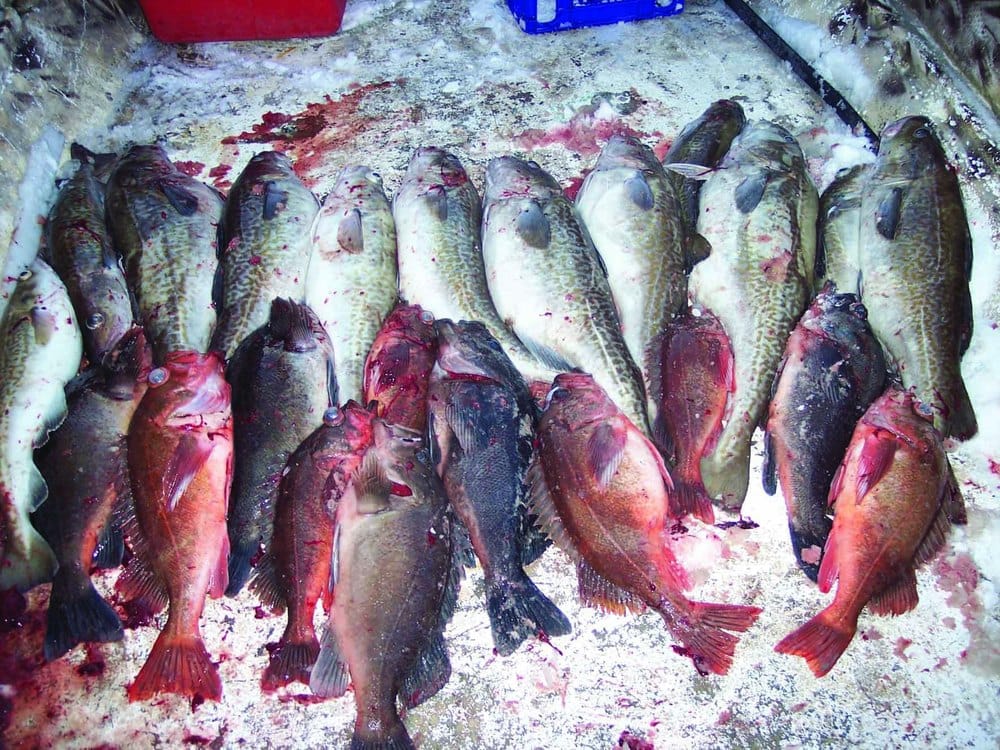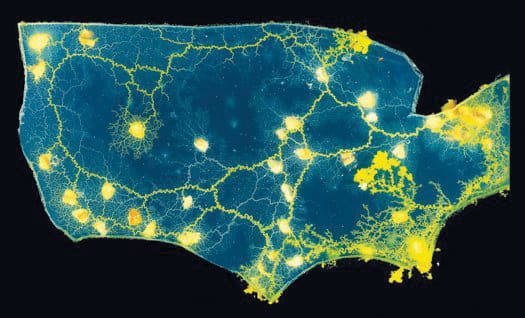Fishing for the facts
There’s plenty more fish in the sea – or are there?

'Only 100 adult cod in North Sea’; ‘Just 100 cod left in North Sea’; ‘Just 100 mature fish in North Sea’ are but three of the headlines published by The Sunday Times, The Telegraph Online, and The Sun respectively, a little over two weeks ago. One is not required to be a fisherman or marine conservationist to stop and question such bold headlines, variations of which have been bandied about by several American and Canadian news outlets. Whilst the population of Northern White Rhinoceri can be written with a single digit, are North Sea cod really on the brink of extinction? How did these newspapers come up with such a figure – and was there any truth behind their extraordinary claims?
The newspapers were in fact technically correct. The issue stemmed from a misunderstanding by journalists over data. In the case of The Sunday Times, this data came from the International Council for the Exploration of the Sea (ICES), before journalists turned to the Centre for Environment, Fisheries and Aquaculture Science (Cefas) for additional advice.
The Sunday Times deemed an ‘adult cod’ to be thirteen years of age, due to the fact that most North Sea cod could apparently live up to twenty-five years. Thus, it was logically assumed that a thirteen year-old cod would be roughly half-way through its life. Using this gauge the data backed up their headline: by looking at the data and how many cod over thirteen years of age had been caught over the year, it was estimated that around 100 ‘adult’ cod remained. Worrying? Hardly.
For North Sea cod thirteen years of age is old. Very old. To use a crude comparison, it would be similar to claiming the human adult population was approximately 500,000, basing the definition of ‘adult’ as someone being over 100 years of age. In fact, North Sea cod are sexually mature at six years old – the point they could reasonably be called adults, several years off thirteen. So where did the twenty-five year lifespan figure come from?
The estimate was taken from fishbase.org. And, indeed, cod have been estimated to live for up to twenty-five years – in the Barents Sea, north of Norway and Russia, that is. For North Sea cod life expectancy is less than half that, at an estimated eleven years.
Given the relevant information, The Sunday Times headline could be corrected with a simple number change: ‘Only 21 million adult cod in the North Sea’ would be a more accurate, if not thoroughly unspectacular, representation of the data. Whilst it is clear that overfishing is an issue to be addressed, the problem is not as dire as the overly simplistic Sunday Times headline made it out to be, and the paper has since made amends. Unfortunately the story has since spread and helped perpetrate the myth that overfishing has caused cod stocks to crash most spectacularly.
In this case the poor handling of data spawned a story so startling that it was almost impossible to avoid further scrutiny, resulting in the exposure of inadequate investigative journalism. But not all stories are so bold in their assertions that it’s obvious mistakes have been made along the line. It’s strongly encouraged regular readers of scientific news take everything with a pinch of salt, and question what you read, a trait that will set you in good stead for the future. After all, ‘The 100 cod’ fiasco isn’t the world’s first piece of poor scientific journalism, and it certainly won’t be the last.









